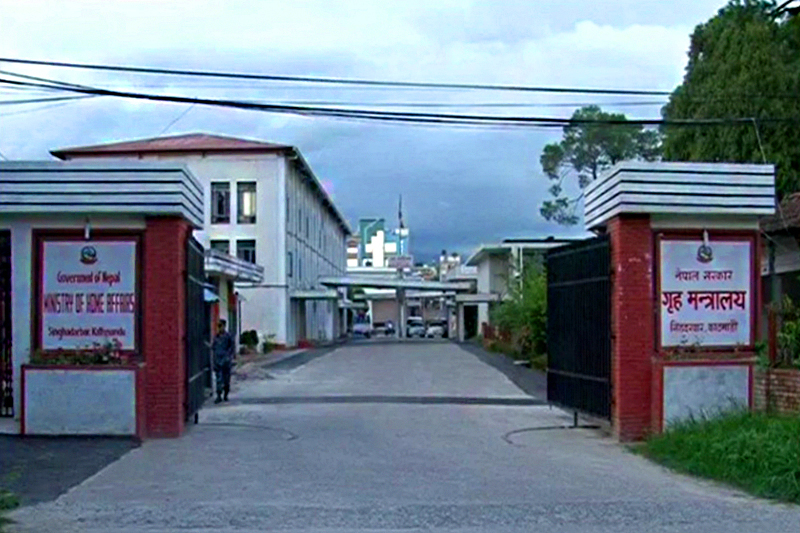Security at TIA foolproof, claims govt
The US govt report can scare those who want to visit Nepal in 2020: Foreign policy expert Dinesh Bhattarai
Kathmandu, November 6
Days after the United States’ Department of State released its Country Report on Terrorism–2018, stating that Nepal has insufficient security protocols at Tribhuvan International Airport and Indian Mujahideen has made Nepal its hub, the Ministry of Home Affairs has claimed that security at TIA was foolproof.
The US report states, “Due to Nepal’s open border with India and insufficient security protocols at the country’s sole international airport in Kathmandu, Nepal has been, and could continue to be, used as a transit or starting point for international terrorists.”
Information Officer at the Home Ministry Umakanta Adhikari told THT that he was not aware of the US report regarding Nepal, but the government had been able to maintain security across the country, including on the border and at TIA. “Nobody has complained about lax security,” he said and added that the government had been increasing the number of Armed Police Force personnel on Nepal-India border to tighten security.
Spokesperson for TIA Pratap Babu Tiwari said TIA administration was following all the procedures recommended by International Civil Aviation Organisation and all the passengers, excluding VVIPs, are being subjected to thorough screenings at TIA,” he said. He added that TIA would soon have ultraviolet light to identify documents.
Experts, however, said the US report had exposed Nepal’s vulnerability and weaknesses and the government should act promptly to fix problems.
Security and foreign affairs expert Shreedhar Khatri told THT that US report rightly exposed Nepal’s weaknesses on the southern border and at TIA. “Our airport should not look like a bus park. It should look like a modern international airport with all the modern technologies required for screening passengers properly. The government needs to invest huge resources at TIA to instal technologies and equipment to thoroughly screen passengers,” he said. He added that TIA lacked technologies to take passengers’ thumb print and conduct facial screening and other digital screenings.
He said the government needed to seal agreements with other countries to link data bank with other countries and to share information with them about passengers who could pose challenges to security.
Khatri said the government had not been able to prepare a comprehensive national strategy to meet security challenges. “India continues to express its concerns about Indian Mujahideen using Nepali soil to carry out their terror activities and now US has also expressed similar concerns,” he said.
Khatri said government had not yet developed a system where all four security agencies — Nepal Police, Armed Police Force, National Investigation Centre and Nepali Army — could share intelligence to prevent cross border crime or issues of security threats within the country. Khatri said if the government did not plug loopholes, it risked sharing blame for any security lapses in the future.
Foreign policy expert Dinesh Bhattarai said the US report exposed Nepal’s vulnerabilities and weaknesses and the government had to fix the problems. “US terrorism report is read by policy-makers, government functionaries, travellers and investors worldwide. This report can scare those who want to visit Nepal in 2020, the Visit Nepal Year,” he said.
He added that the US report could scare investors who want to invest in Nepal. “The government must take the US report seriously and issue a statement to clarify how far it is true. I think our security agencies have their own assessment of our vulnerabilities and weaknesses. They must compare the US report with their own report,” Bhattarai said.






